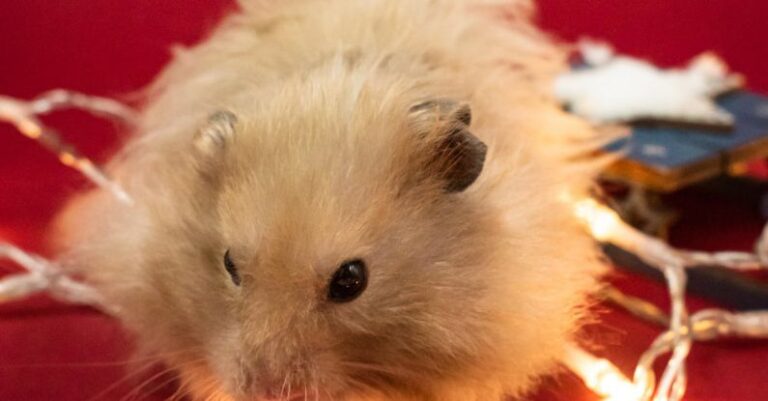
Hamsters are adorable pets that bring joy and companionship to our lives. When it comes to caring for baby hamsters, creating a safe habitat is crucial to ensure their well-being and happiness. As tiny and fragile creatures, baby hamsters require special attention and a secure environment to thrive. In this article, we will explore the essential steps to create a safe habitat for baby hamsters, from choosing the right cage to providing the necessary accessories for their comfort and safety.
Selecting the Right Cage
The first step in creating a safe habitat for baby hamsters is selecting the right cage. Opt for a cage that is specifically designed for hamsters, with narrow bar spacing to prevent them from escaping. A wire cage with a solid bottom is ideal, as it provides proper ventilation while also containing bedding and preventing drafts. Avoid cages with wire floors, as they can cause injuries to the hamster’s delicate feet.
Bedding and Nesting Material
Bedding plays a crucial role in creating a comfortable and safe environment for baby hamsters. Choose a soft, non-toxic bedding material such as aspen shavings, paper-based bedding, or hemp bedding. Avoid using cedar or pine shavings, as they contain aromatic oils that can be harmful to hamsters’ respiratory systems. Provide nesting material such as shredded paper or hay to allow the baby hamsters to build cozy nests for themselves.
Food and Water Supply
Ensuring a steady supply of fresh food and water is essential for the health and well-being of baby hamsters. Use a shallow food dish to prevent spills and make it easy for the hamsters to access their food. Provide a commercial hamster food mix that is specifically formulated for their nutritional needs, supplemented with fresh vegetables and occasional treats. Use a water bottle with a sipper tube to provide clean, fresh water at all times, ensuring that it is securely attached to the cage to prevent spills.
Toys and Accessories
Enriching the baby hamsters’ environment with toys and accessories is important for their physical and mental stimulation. Provide a running wheel for exercise, making sure it is an appropriate size for the baby hamsters to prevent injury. Add tunnels, hideouts, and chew toys to keep the hamsters entertained and engaged. Avoid toys with small parts that could be ingested and pose a choking hazard.
Cleaning and Maintenance
Maintaining a clean habitat is essential for the health and well-being of baby hamsters. Spot clean the cage daily by removing any uneaten food, soiled bedding, and waste. Perform a full cage cleaning on a weekly basis, replacing all bedding and cleaning the cage with a mild, pet-safe disinfectant. Ensure that the cage is thoroughly dry before reintroducing the baby hamsters to prevent respiratory issues.
Handling and Socialization
Handling baby hamsters with care and gentleness is key to building trust and a bond with them. Allow the baby hamsters to become accustomed to your presence by spending time near their cage and speaking to them softly. When handling the hamsters, support their bodies with both hands and avoid sudden movements or loud noises. Gradually increase the duration of handling sessions to help the hamsters become comfortable with human interaction.
Creating a safe habitat for baby hamsters requires attention to detail and a commitment to their well-being. By following these essential steps, you can provide a secure and nurturing environment for your baby hamsters to grow and thrive. Remember to observe your hamsters regularly for any signs of illness or distress, and consult a veterinarian if you have any concerns about their health. With proper care and attention, your baby hamsters will bring joy and companionship to your life for years to come.





